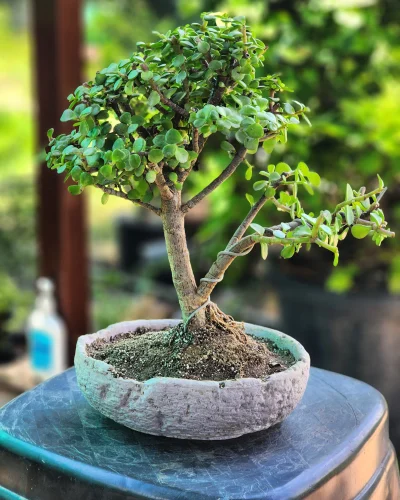Bonsai is an ancient Japanese art form that involves growing miniature trees in containers, carefully shaping and nurturing them to mimic the beauty of mature, full-sized trees. For beginners, starting with the right bonsai species and understanding basic care is essential to enjoy the process and succeed.
Why Choose Bonsai as a Hobby?
- It’s relaxing and meditative.
- It connects you with nature.
- You develop patience and creativity.
- It adds natural beauty to your home or workspace.
What Makes a Good Beginner Bonsai?
For those just starting out, the ideal bonsai should have these qualities:
- Easy to grow and maintain: Resilient to beginner mistakes.
- Fast-growing: So you see progress quickly.
- Affordable and widely available: Easy to find local or online.
- Adaptable to indoor or outdoor environments, depending on your living situation.
- Attractive foliage and shape: To inspire your artistic efforts.
Top Bonsai Trees for Beginners
Here are some of the best bonsai species recommended for beginners, with a brief overview of their care requirements.

1. Ficus Bonsai (Ficus retusa / Ficus benjamina)
- Why? Very popular and forgiving. Can tolerate indoor conditions and low light.
- Care: Prefers bright, indirect sunlight. Water when soil is dry to the touch. Avoid overwatering.
- Growth: Moderate growth speed.
- Tips: Great for indoor bonsai. Can handle occasional neglect better than most.

2. Jade Plant (Crassula ovata)
- Why? Succulent type bonsai, drought-tolerant and low-maintenance.
- Care: Needs bright light, can handle some direct sun. Water sparingly; allow soil to dry between watering.
- Growth: Slow to moderate.
- Tips: Perfect for sunny windowsills. Prune regularly to maintain shape.

3. Chinese Elm (Ulmus parvifolia)
- Why? Hardy and fast-growing, excellent for beginners.
- Care: Can be kept indoors or outdoors but thrives outdoors. Likes bright light.
- Growth: Fast-growing.
- Tips: Very adaptable; responds well to pruning and wiring.

4. Dwarf Jade (Portulacaria afra)
- Why? Also known as “Elephant Bush,” a succulent bonsai that’s easy to care for.
- Care: Bright indirect light. Water moderately; avoid soggy soil.
- Growth: Moderate.
- Tips: Ideal for indoor bonsai enthusiasts.

5. Juniper Bonsai (Juniperus species)
- Why? Classic outdoor bonsai, very popular in traditional bonsai culture.
- Care: Requires outdoor environment with plenty of sunlight. Avoid indoor conditions.
- Growth: Moderate to fast.
- Tips: Water when soil is dry; avoid overwatering.
Essential Bonsai Care Tips for Beginners
Light
- Most bonsai trees require bright light, ideally 4-6 hours per day.
- Indoor bonsai often need placement near windows or under grow lights.
Watering
- Bonsai need regular watering but should never be waterlogged.
- Check soil moisture daily; water when the topsoil feels dry.
- Frequency varies with species, season, and pot size.
Soil
- Use well-draining bonsai soil mix to prevent root rot.
- Avoid garden soil, which can be too dense.
Pruning
- Regular pruning helps maintain shape.
- Learn basic techniques for leaf, branch, and root pruning.
Fertilizing
- Feed bonsai with balanced fertilizer during growing seasons (spring and summer).
- Use diluted fertilizer to avoid burning roots.
Repotting
- Repot bonsai every 2-3 years to refresh soil and trim roots.
- Best done in early spring before new growth starts.
Common Beginner Mistakes to Avoid
- Overwatering or underwatering.
- Not providing enough light.
- Using the wrong soil type.
- Ignoring pruning needs.
- Keeping outdoor bonsai indoors permanently.
Final Thoughts
Starting with the right bonsai species and learning basic care will make your bonsai journey enjoyable and rewarding. Among the easiest to care for are Ficus, Jade, and Chinese Elm, which tolerate beginner mistakes and can thrive indoors or outdoors with the right conditions.
If you’re new, focus on patience and observation—bonsai is as much about the process as the final look. Over time, you’ll develop the skills to shape and grow more complex bonsai varieties.



